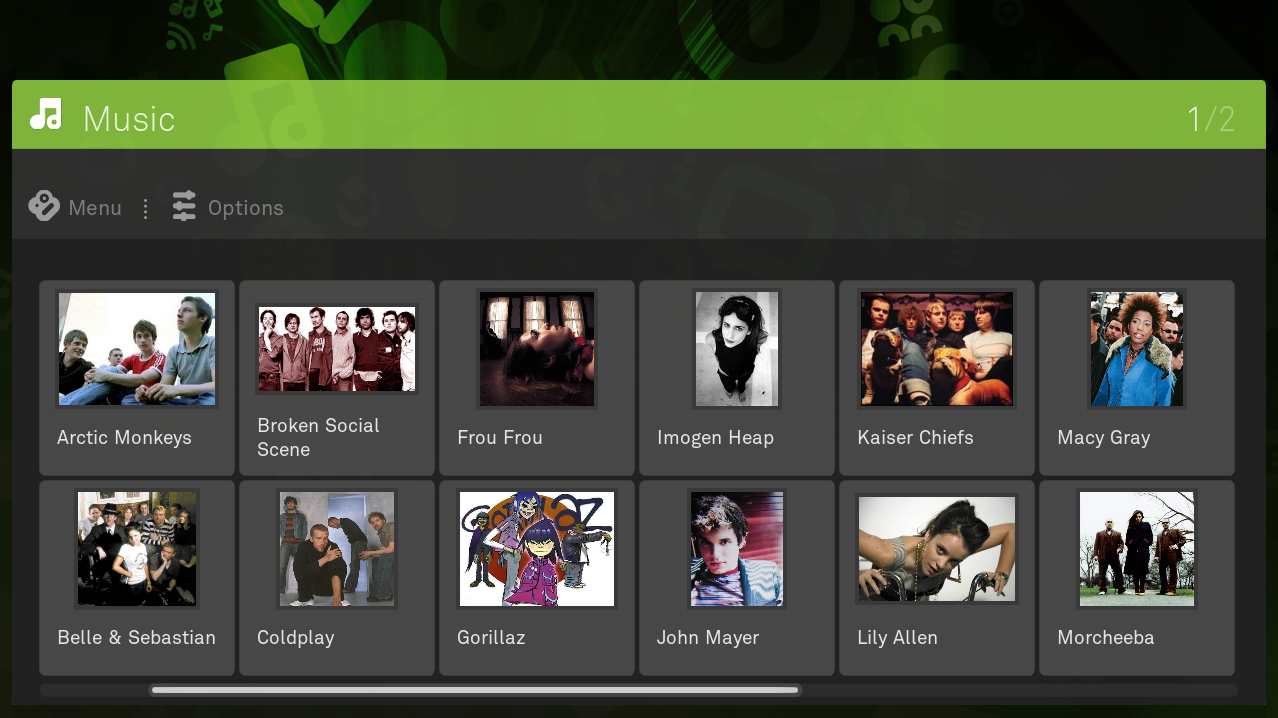
In Cnet
Ad-Aware 9.5 hasn't changed its interface, but there have been under-the-hood changes to how it performs.
(Credit: Screenshot by Seth Rosenblatt/CNET)In addition, the suites now come with a faster installation process, bolstered by a dramatically smaller download that shrunk from 130 MB to 12 MB. This "stub" installer then grabs only about 80 MB of data online to complete the program, which is still significantly smaller.
While using the program, I noticed that Ad-Aware felt smoother when transitioning between screens, supporting that some parts of the program are faster. However, the program's "quick" scan, called the Smart Scan, which checks only mission-critical areas of your computer for infection, was actually slower on a real-world, daily-use computer than it was when tested in version 9.0. Whereas the scan averaged around four minutes to complete, over three cold-boot runs, version 9.5 notched 5 minutes, 37 seconds over three cold-boot runs.
Full CNET Labs benchmarks weren't available at the time of writing, but I'll update those here as soon as they're completed. The slow scan speeds don't bode well for Lavasoft's claims.










